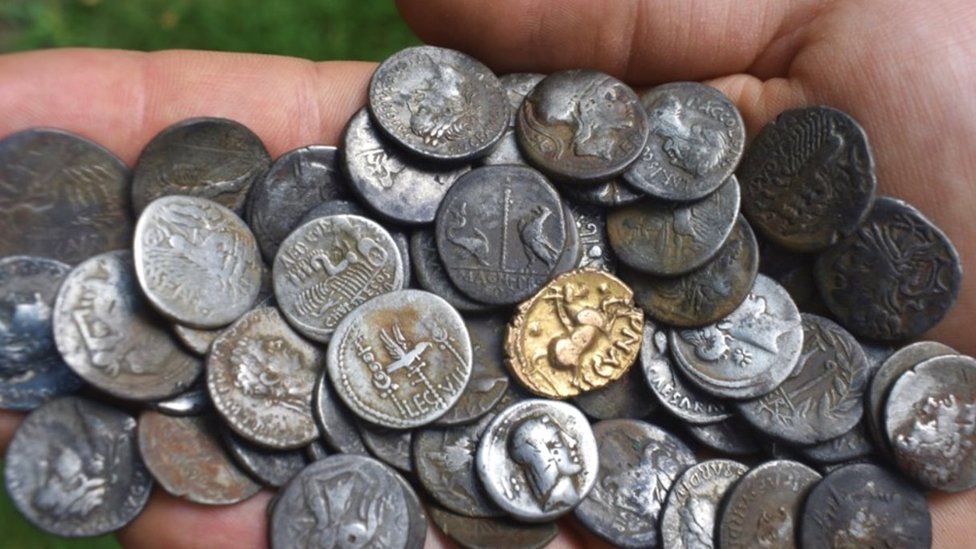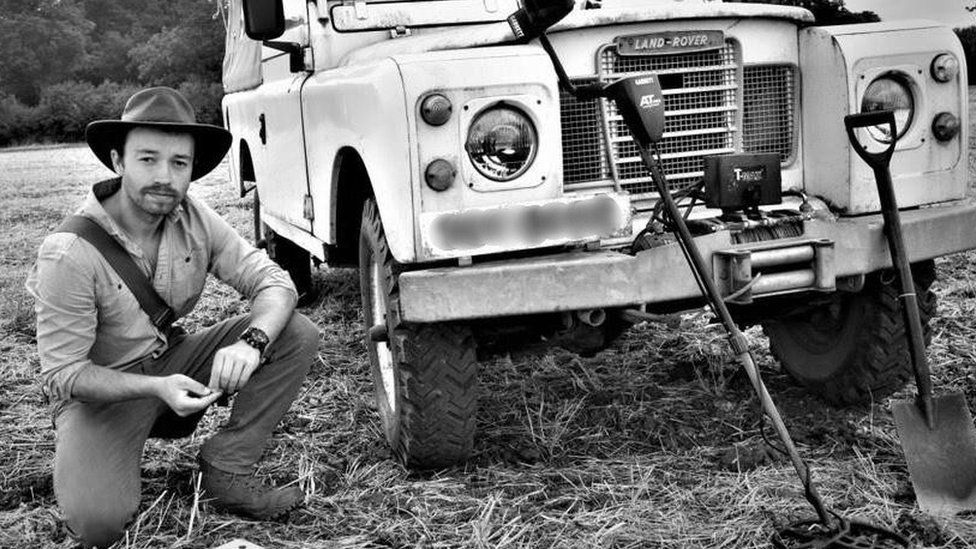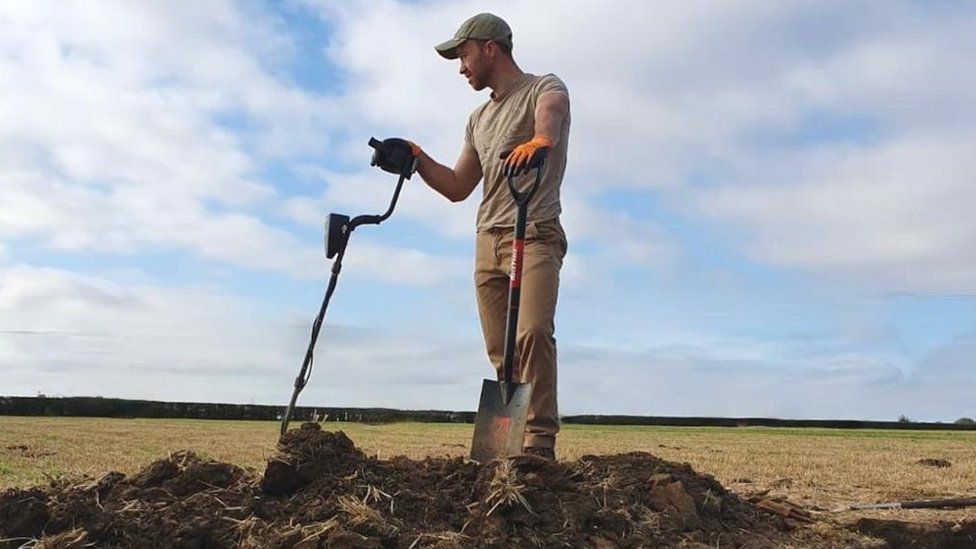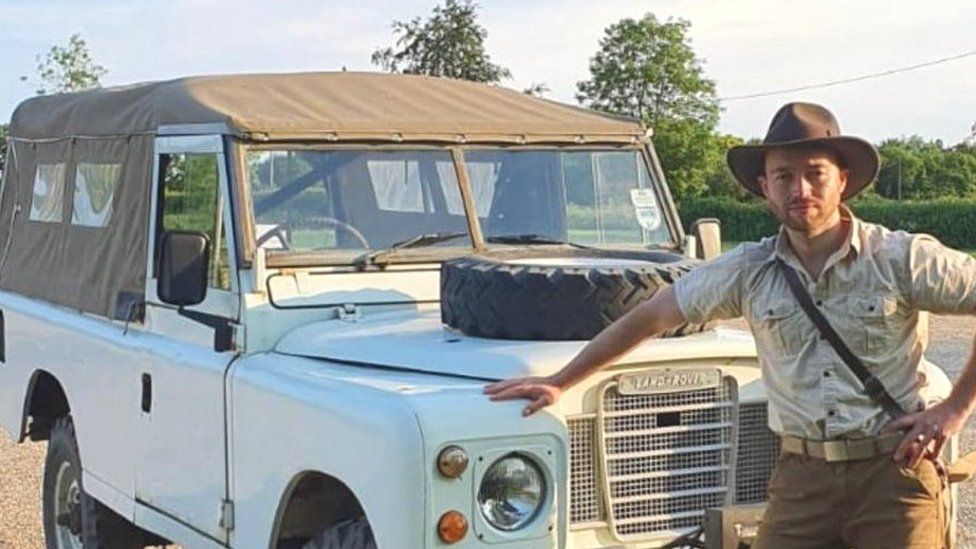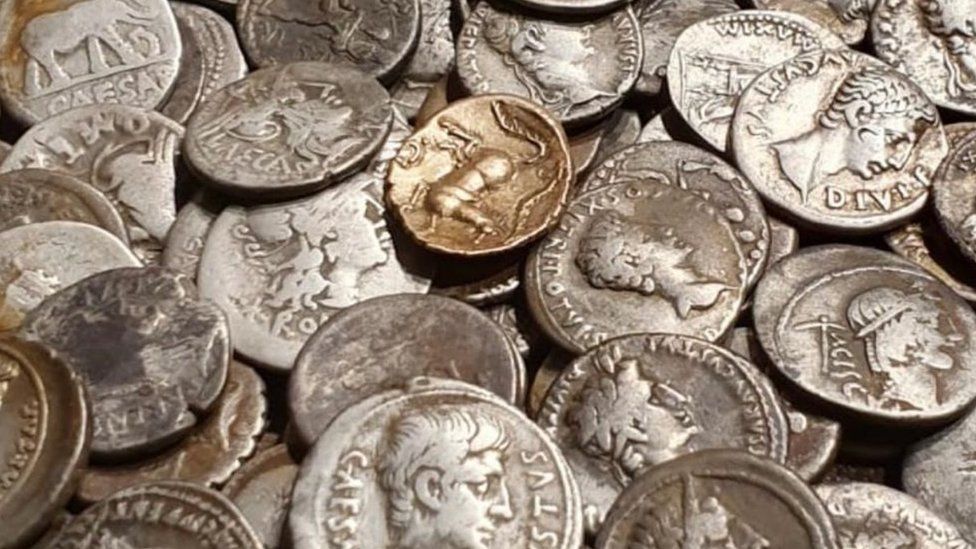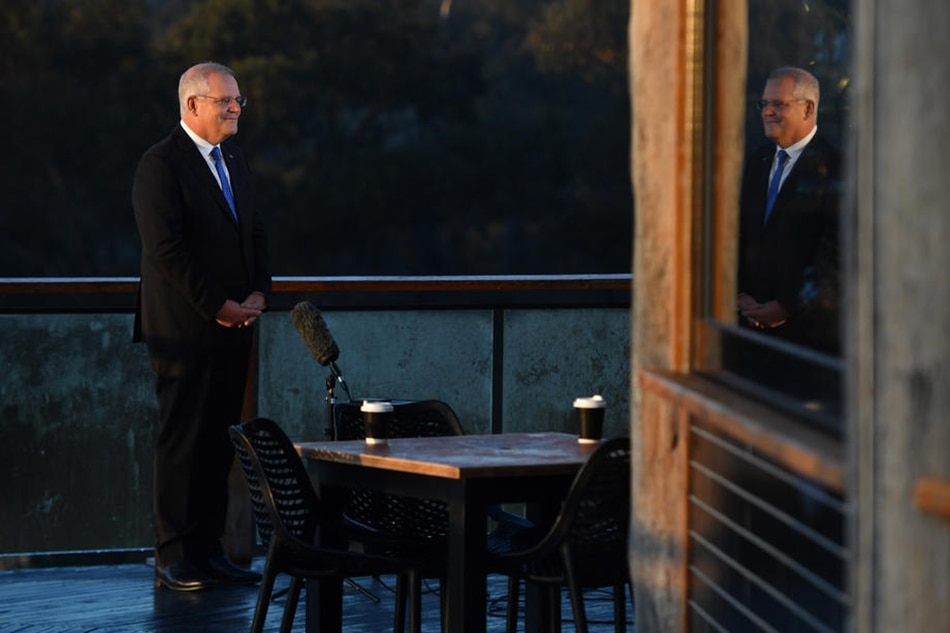The Age of Extinction Is Here — Some of Us Just Don’t Know It Yet
We’re Crossing the Threshold of Survivability — And There’s No Going Back

May 21, 2022
“Why do you think people are a little freaked out by what I’m talking about these days?”
I was asking my kid sis. She laughed. “You’re basically telling them it’s the end of the world?”
It was the night of the eclipse. A red moon illuminated the sky. 300,000 years had gone by since our kind walked the earth. And now it would never be the same again.
Let me try and tell you how I’ve come to think of the Event, as I’ve begun to call it. The Cataclysm. Extinction. A different earth.
My friends in the Indian Subcontinent tell me stories, these days, that seem like science fiction. The heatwave there is pushing the boundaries of survivability. My other sister says that in the old, beautiful city of artists and poets, eagles are falling dead from the sky. They are just dropping dead and landing on houses, monuments, shops. They can’t fly anymore.
The streets, she says, are lined with dead things. Dogs. Cats. Cows. Animals of all kinds are just there, dead. They’ve perished in the killing heat. They can’t survive.
People, too, try to flee. They run indoors, spend all day in canals and rivers and lakes, and those who can’t, too, line the streets, passed out, pushed to the edge. They’re poor countries. We won’t know how many this heatwave has killed for some time to come. Many won’t even be counted.
Think about all that for a moment. Really stop and think about it. Stop the automatic motions of everyday life you go through and think about it.
You see, my Western friends read stories like this, and then they go back to obsessing over the Kardashians or Wonder Woman or Johnny Depp or Batman. They don’t understand yet. Because this is beyond the limits of what homo sapiens can really comprehend, the Event. That world is coming for them, too.
The analogy is often used to describe “climate change” of frogs in a boiling pot. It’s useful, but only to a certain degree. When the pot boils, they’re taken out and eaten. We were in a boiling pot, and now we’re at the stage where we’re about to get taken out and eaten. This is when things start to get really, really bad — really, really fast.
The way that I’ve come to think of the Event — a species that’s been around for 300,000 years now having altered the climate in ways that haven’t happened for millions of years, triggering an Extinction Event — is this.
Imagine a black hole. Humanity’s lined up before it. Everyone has to march through. Some are at the front of the line. They reach the other side first. Some are at the back of the line. They’re still laughing and joking and pretending, maybe. Nobody much hears from those who’ve gone through, because, well, it’s a black hole. But on the other side, nothing is ever to be the same again.
This is where we are now. We are at the threshold of the Cataclysm. Some of us are now crossing over to the other side, of a different planet, one that’s going to become unlivable. This isn’t “going to happen” or “might happen,” it is actually happening now.
Those are my friends, for example, in the Indian Subcontinent, where eagles are falling dead from the sky, where the streets are lined with dead things.
Extinction. The Event. You can literally see it happening there.
They are the first ones through the Event Horizon, if you like — the lip of the black hole. They are canaries in the coal mine, my Indian and Pakistani and Bengali friends. They are on the other side, and are experiencing the world in the Event. And that world is coming for us all.
I don’t use the words “climate change” to describe any of this, because, well, they’re inadequate. The way that we tell that story has led to a kind of shocking sense of apathy and ignorance about the reality of what we face. People read the science, and think that if the temperature rises by one degree, two, three, what’s the big deal? Ha ha! Who cares? That’s not even a hot day? Wrong. A better way to tell that story is something like this. On average, when the temperature rises one degree, the seasons change by a factor of ten at equatorial regions. One degree, one point five, which is where we are now — the summers are ten to fifteen degrees Celsius hotter. Two degrees? Twenty. Three degrees? Thirty.
We’re heading for three degrees.
It’s already 50 degrees Celsius in the Subcontinent. Spain is bracing for an extreme heatwave, of about 40 degrees plus as is Europe, as is much of America. That’s at one degree or so of global warming. At two degrees? The Subcontinent hits 60 degrees Celsius. Spain and Europe hit 50. At three degrees? Equatorial regions hit 70 degrees Celsius or more. Spain and Europe hit 60.
I’m sure that some will quibble with that interpretation, so go ahead and adjust however you like. It doesn’t really matter. At 50 degrees, which is where the Subcontinent is now, life dies off. The birds fall from the sky. The streets become mass graves. People flee and try to just survive. Energy grids begin to break. Economies grind to a halt.
Extinction happens.
This is the threshold. We are already hitting it. We can see it now in startling, grim, vivid detail. The Event is not some kind of abstraction or prediction. Extinction is now really happening in plain sight in places around the globe — and they are revealing to us the limits of what our civilization can survive. That limit is hit somewhere between 40 and 50 degrees. After that point, life as we know it comes to an end.
My Western friends still don’t really grasp this at all. They imagine that as the seasons get exponentially hotter, they can simply…turn up the air conditioning. LOL. Sorry, it doesn’t work like that. Why not? Not just because energy grids will fail, or even because at a certain point even air conditioning just fails. It’s because of life.
My Western friends don’t think these days. This fantasy of turning up the air conditioning and sitting in your apartment or house? They ignore the now obvious signs. Birds falling from the sky, Dead things lining the streets. What are you going to do, sit in your air conditioned home while everything else goes extinct?
It doesn’t work like that. Those things, those beings — birds, cows, sheep, chickens, whatever — they provide us with the basics, too. They perish, we perish. Insects nourish our soil, birds eat insects, and on and on. My Western friends don’t understand that we are part of systems. Ecosystems, in this case. And as their foundations are ripped out, we can scarcely survive. The idea that you can sit in your air conditioned home in comfort while everything else goes extinct is a fantasy, a delusion. What will you eat? Who will turn the soil? Who’ll keep the crops healthy? Where will the basics of life come from?
Our civilization collapses somewhere between fifty and sixty degrees Celsius. Bang, poof, gone. Nothing works after that point. Everything begins to die — not just animals and us in the case, but our systems which depend on them. Economics crater, inflation skyrockets, people grow poorer, fascism erupts as a consequence. You can already see that beginning to happen around the globe — but it’s just the beginning. Imagine how much worse inflation’s going to get when Extinction really begins to bite.
Everything fails at the threshold we are now reaching. Our civilization doesn’t survive it. Democracy has its throat slit by fascism and theocracy, as people, afraid, angry, desperate, turn to fundamentalist religion or authoritarian brutality to give them answers — or just a meal. Economies become mechanisms for basic survival, not opportunity or prosperity. Society and community are destroyed by the bitter every-man-for-himself quest for self-preservation. This is the world we’re heading into, and you can see it now spreading, from America to India to Europe and beyond.
What happens in such a world? Do people pull together to save it? Probably not. Inequality spirals even further — the rich finds ways to monopolize what few resources are left and profiteer. Covid gave us a vivid example of that. Governments, paralyzed, are captured by fanatical sects and factions, and nobody much arrives to help you when you need it. Covid, again. Culture becomes a war, between those who think of death, basically, as a good thing, a purification, and those who don’t. Think of America’s bitter “culture wars.” What happens in such a world? Society turns predatory, regressive, eats itself — which is what a civilization collapsing is.
We are crossing the threshold now. Of Extinction. Of the Event. So far, it’s been invisible to us, and we’ve been living in ignorant bliss. The insects are dying off — who cares! Hey, did you see what Kim Kardashian wore to the Met Gala? The fish are dying off — so what, LOL, bro, let’s go watch a Marvel Movie!! The earth’s great systems are all reaching tipping points — the Amazon, the boreal forests, the ocean currents, the poles — of reinforcing a hotter and hotter planet. Dude, what’s your problem? Tucker Carlson says we’re the master race!!
We are crossing the threshold now. Extinction is visible. The eagles fall from the sky, taking their last breaths on the way down to a burning planet. The streets are lined with death. We’re not frogs slowly boiling in a pot anymore. We’re being taken out of the pot, and we’re about to be eaten.
My Western friends are still in denial that any of this will happen to them. Ignorance is bliss. This world is coming for us all. There is going to be no escaping it. The ones in India and Pakistan and Bangladesh and Sri Lanka are some of the first through the event horizon. But we must all cross it, because, well, we’re all on this planet. Extinction is something that happens to a planet.
That doesn’t mean — my usual caveats — that everything dies off. It means it the way biologists use the term — a mass extinction, in which many, many things do, and life resets itself, probably, in new ways. After us, comes a new earth. 300,000 years of us — barely the blink of an eye. Life will survive. But our civilization won’t. The Event — the time in between civilizations — will be a dark age. You can see that dark age falling now.
It’s in every bird falling from the sky, every animal dropping dead from the heat, every democracy being shredded by lunatics, in all the deaths we will never count. Our systems — all of them — economic, social, political — are beginning to fail.
Because, my friends, this is Extinction.
Some us just don’t know it yet.
Umair
May 2022
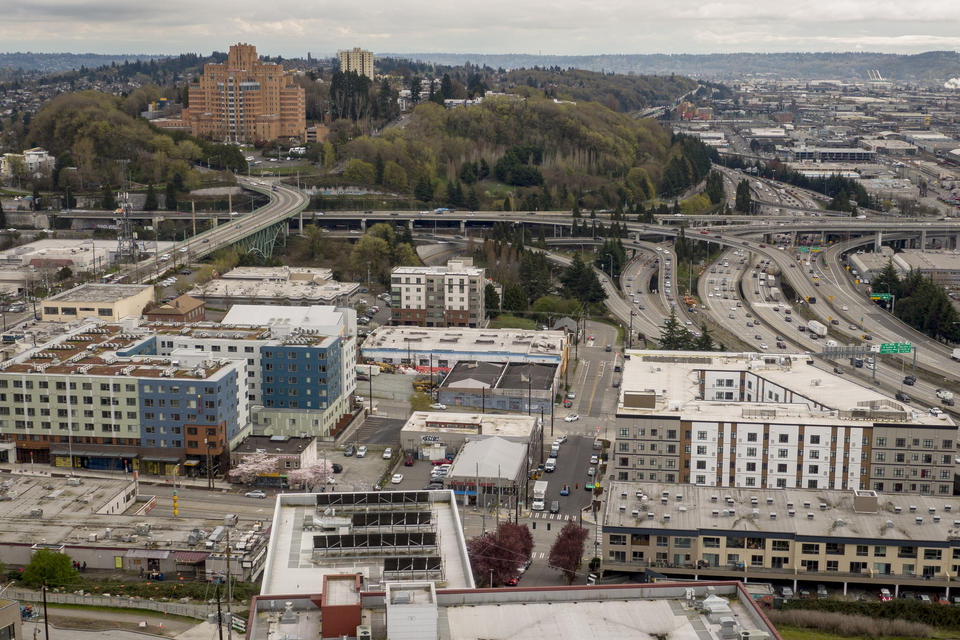

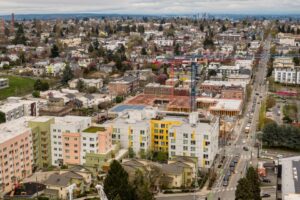
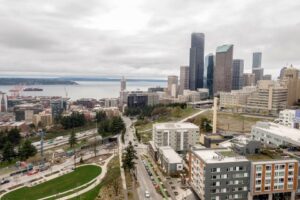
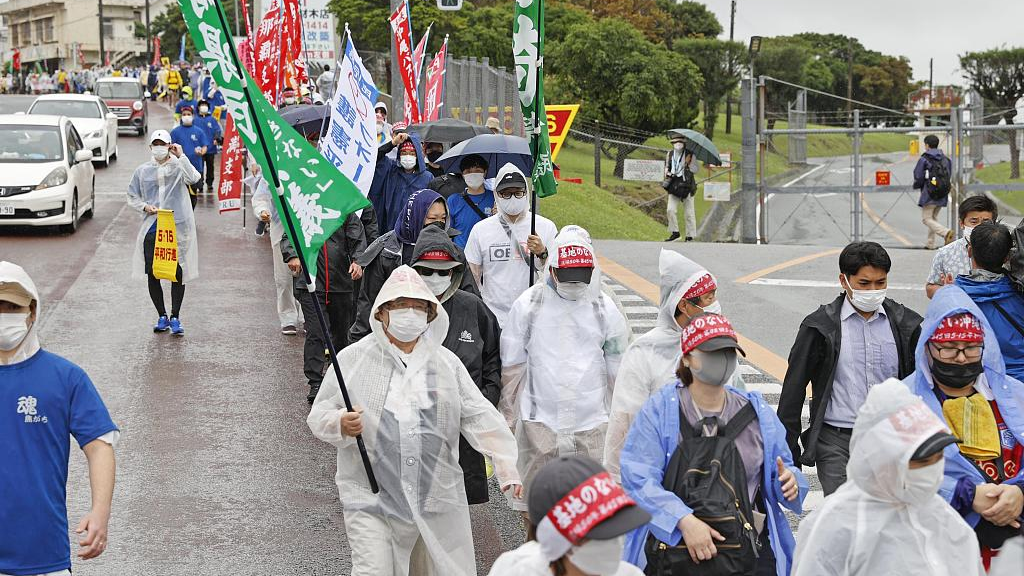


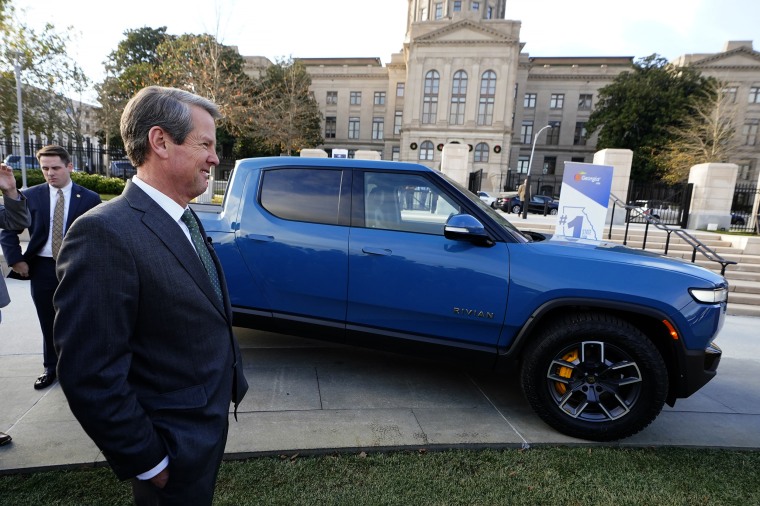


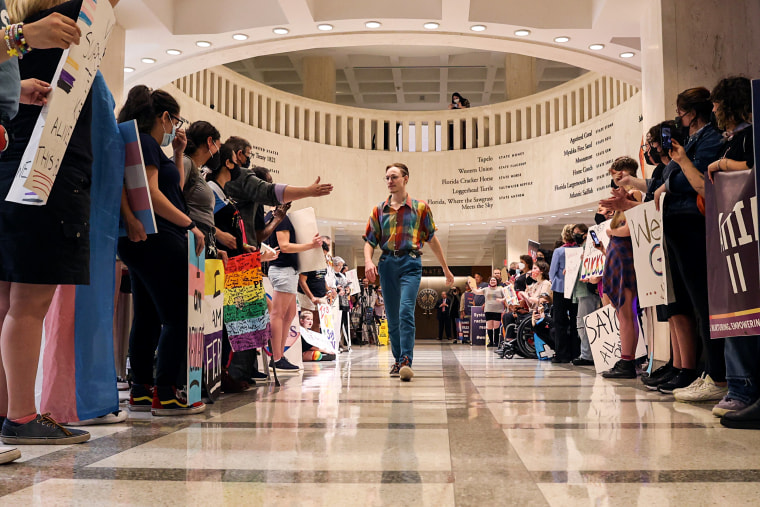
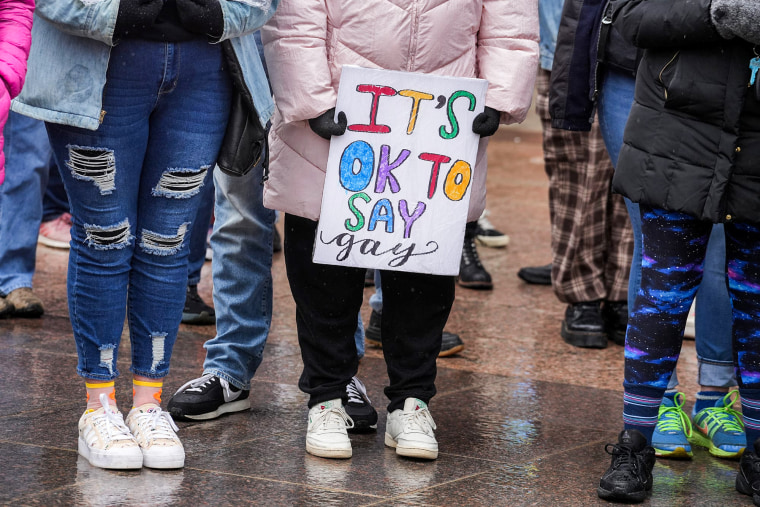

 CJ Walden at “GSA’s #GayIsOkay Rally on March 1st.Courtesy Alexys Fenning
CJ Walden at “GSA’s #GayIsOkay Rally on March 1st.Courtesy Alexys Fenning Gabrielle and George Izu.Courtesy Gabrielle and George's family
Gabrielle and George Izu.Courtesy Gabrielle and George's family
